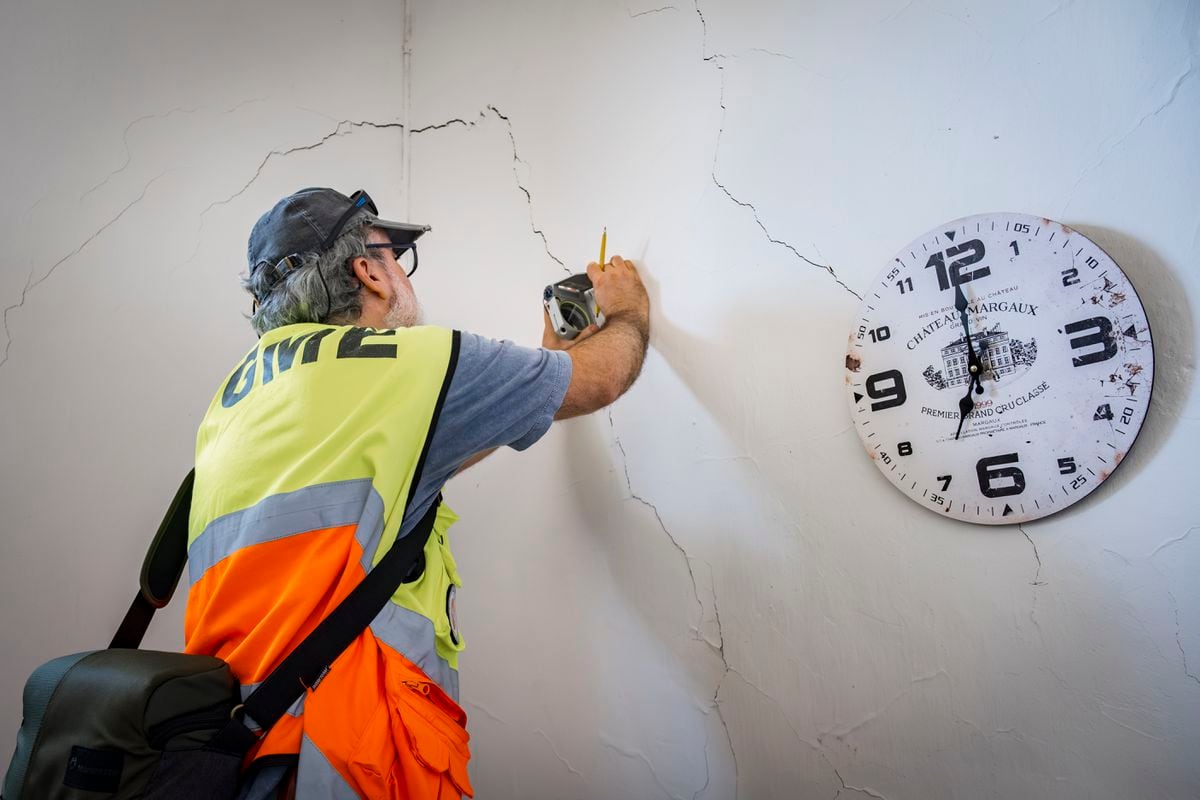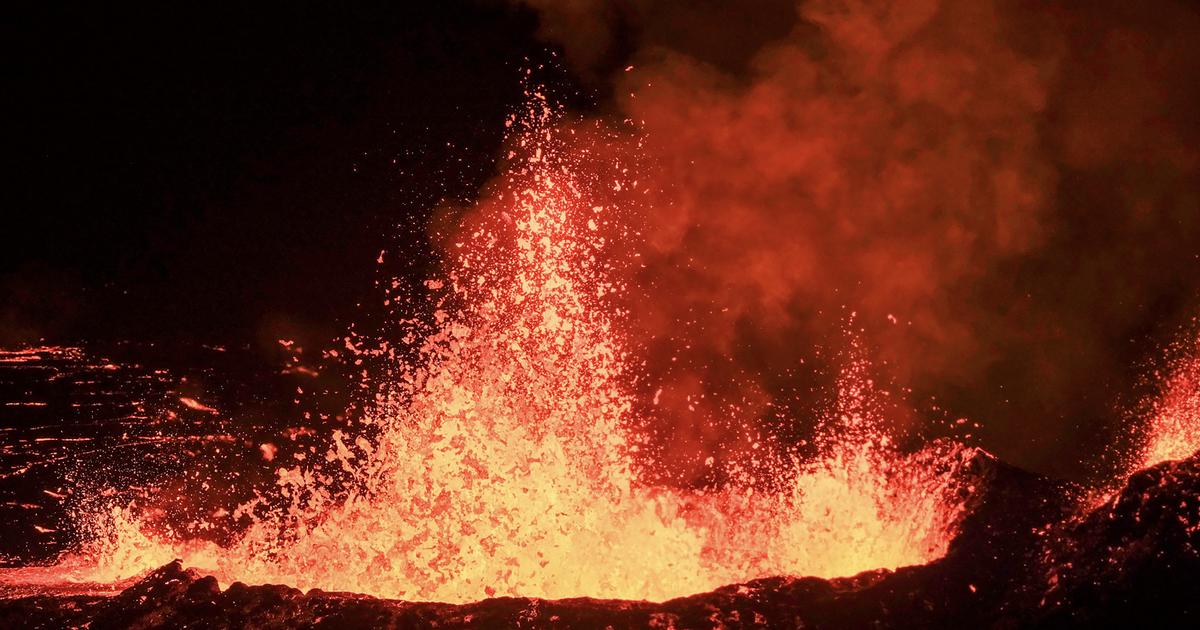The Ohlstadt press photographer and documentary filmmaker Dominik Bartl reported live from the volcanic eruption on La Palma for almost two weeks.
The pictures burned themselves into the head of the experienced journalist.
Ohlstadt / Santa Cruz de La Palma
- His house no longer exists. It has literally disappeared from the earth. The Spaniard had five minutes to get himself and his loved ones to safety. No longer. He quickly packed up his most important papers, grabbed the dog, and drove off. Now he stands on the edge of the exclusion zone and looks at the millions of tons of liquid rock that pour over inhabited area like a bright orange river. His house no longer exists. It is buried under meter-high lava. Under her all his belongings.
It is stories like this that affect Dominik Bartl.
The Ohlstadt press photographer and documentary filmmaker interviewed the man, now homeless.
The 39-year-old has already experienced a lot in his professional career.
But the impressions, the stories about the natural disaster on the holiday island of La Palma, even the experienced journalist does not put away so easily.
For two times six days he reported live from the Canary Island, on which, without exaggeration, a contemplative hill turned into a veritable maw of hell on September 19th.
A fine line between fascinating drama and blood-curdling tragedy.
+
The volcano spits out lava up to a height of 600 meters.
© Dominik Bartl
Bartl is now back home.
Not an easy undertaking.
The outbreak repeatedly paralyzes the airport on La Palma.
The man from Ohlstadt was on the road for almost 30 hours.
But this little ordeal is nothing compared to what he has experienced on the holiday island in the past few days.
Dominik Bartl's everyday life between earthquakes and all-consuming lava
The earth is shaking.
Yet again.
At 5.30 a.m. Bartl woke up.
Half an hour before the alarm goes off.
He lies in the bed of a small hotel in Los Llanos.
A small, lively town with modern water pools, imposing buildings, noodle bars and burger bars.
But nothing can be heard of that.
Constant vibrations and deep hissing determine the nocturnal acoustics at the moment, making Bartl sleep poorly.
“The sound is scary,” says the Ohlstadt native.
The hiss comes from deep inside the earth.
+
Ash is everywhere as far as the eye can see.
A worker tries to clear the street with a blower.
© Dominik Bartl
At half past six he sits at the breakfast table with his colleague, extreme weather reporter Marco Kaschuba. There is not much time left. The briefing goes quickly over the stage. Maps are studied, places to film and take photos are chosen. Both drive ten minutes by car. Then it's over. Restricted area. Policemen cordon off the route. You can almost no longer get the countless cars of the onlookers under control. The small streets are blocked. Residents react aggressively. "You are at the end of your nerve," says Bartl.
He has to steer the car calmly, drive slowly.
The ash that is omnipresent on the floor looks like black ice.
Dangerous on the steep roads.
Both position themselves on a hill.
They have gas masks and helmets with them.
All in all, your equipment weighs over 140 kilograms.
Cameras, tripods, lamps.
Their 50 centimeter long lenses zoom in on the action for kilometers.
The filmmakers also let two drones fly.
A sensor has already melted over the lava flows.
Press representatives are also not allowed to enter the restricted area - danger to life!
You are not allowed to enter the restricted area, about two kilometers around the volcano, despite your press ID. “We don't even want to,” says Bartl. He loves his job, the thrill he gets from it. But he never puts his life in senseless danger. The best photo is of no use if, years later, your health is suffering from the fine dust pollution from the ash flying around in the form of lung cancer.
The shots are breathtaking. Bartl and Kaschuba send their pictures to television stations, daily newspapers and magazines, some in real time. You are mainly on the weather online for your client. But Bartl is also involved in a 30-minute report for the German television broadcaster Welt, delivering spectacular film material. An exhausting everyday life for the Ohlstädter. He and his colleague only take a short time to cook pasta on an Esbit stove. A restaurant visit rarely runs out. But if he does, Bartl enjoys this short break. “People still live their lives. In addition to the volcano. ”Of course, that is also a topic of conversation among the locals in the inns. "But then they also talk about typical everyday topics." And that is calming in this surreal world,between vacation paradise and biblical hell.
Bartl usually doesn't go to sleep until around 2 a.m.
Then the films are finished, the photos edited and sent.
The next day it starts all over again.
The alarm goes off at 6 a.m.
Unless the hissing and trembling of the volcano wakes him up.












/cloudfront-eu-central-1.images.arcpublishing.com/prisa/KMEYMJKESBAZBE4MRBAM4TGHIQ.jpg)


